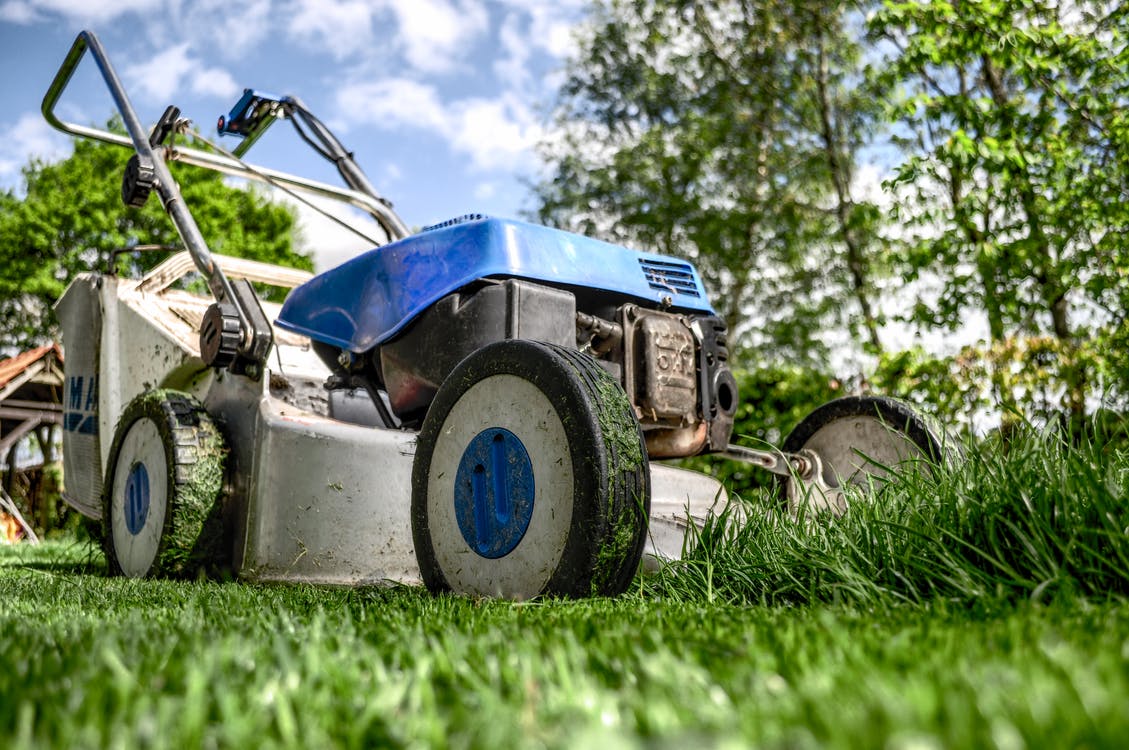WATERING FACTS & ADVICE
We’ve not had any prolonged hot dry weather yet, but gradually our soils are drying out and we are noticing lawns are in need of a drink. If we don’t get any appreciable rain over the next week, and if it’s practical, please give the lawn a soaking at least once per week.
• A lawn will evaporate approximately 3 mm of water per day which will need replacing
• If ground is especially hard, it is worth aerating the lawn by spiking the lawn with a garden folk to allow the water to drain down in to the soil and roots.
• Irrigate in the evening or early morning to reduce evaporation.
• Avoid watering on a daily basis as this develops shallow root growth.
• Use a sprinkler to give your lawn a good soaking every 7 to 10 days for an hour or more will have a much better effect.
• Apply a wetting agent which will help get water in to the soil where it can be used by the grass
• May we stress again that if practical, watering your lawn is the lifeline it needs at the moment.
Wetting Agents
During very dry periods we advise applying a Wetting Agent. The wetting agent is applied as a liquid that is taken in through the soil. This in turn enables your lawn to absorb the optimum amount of water in the roots – giving your lawn strength to cope with the drought. We include this FREE in our “Late Spring Treatment” along with The Seaweed and Weed Control
MOWING - TIPS AND ADVICE
Lawn Mowing seems very straight forward, when the grass is long you cut it. However, there is more to take into account than just the length of the grass. For example; what time of year are you cutting the grass? Has the lawn been wet for a period of time, or conversely has it been dry and under stress, and even what type of grass do you have?
Here we have included a few helpful tips on how to successful mow your grass, to keep you lawn in prime condition.
Lawn Mowing
• Raise height for the start of spring – e.g. 1½”
• Lower the height as things warm in spring – e.g. ¾”
• Raise again for summer if dry – e.g. 1½”
• Lower again as growth picks up in early autumn – e.g. ¾”
• Raise again for the last few cuts of the year – e.g. 1½”
Guideline Mowing Heights
• Ornamental lawns with no rye grass – ⅜ to ¾ inch or 1 to 2 cm
• Low use lawns with or without rye grass – ¾ to 1½ inches or 2 to 4 cm
• Heavy use rye grass lawns – 1 to 2 inches or 2.5 to 5 cm
• Shady areas add 50% to the lawn mowing height
• Slopes dry faster so if possible add 50% to the height
• If you have moss in your lawn mow at least ½” above moss height
In times of stress – extremely wet or very hot and/or dry then mow as high as possible. If in doubt, mow high.
Gently Does It
When making adjustments to the mowing height do so in stages, particularly when lowering the height. If two stops on your height setting are needed to go from summer height to early autumn height then mow one setting lower for two cuts then make the final lowering adjustment.
You should only lower the height if this will not stress the mower; therefore the grass should not be too long or wet. Sometimes, particularly if the lawn is dense, you may need to do a cut on your present setting followed by a cut at the lower height a day or two later; this is a sign of a healthy and well maintained lawn.
Blunt Blades
We are seeing a lot more examples of this too. If the blades are tearing the grass, it leaves white whispy torn piece of grass which has the effect of making the entire lawn look white. If cut again with a sharp blade your lawn will go green instantly. Try it! If you would like us to find someone in your are who can sharpen your blade please contact us.



